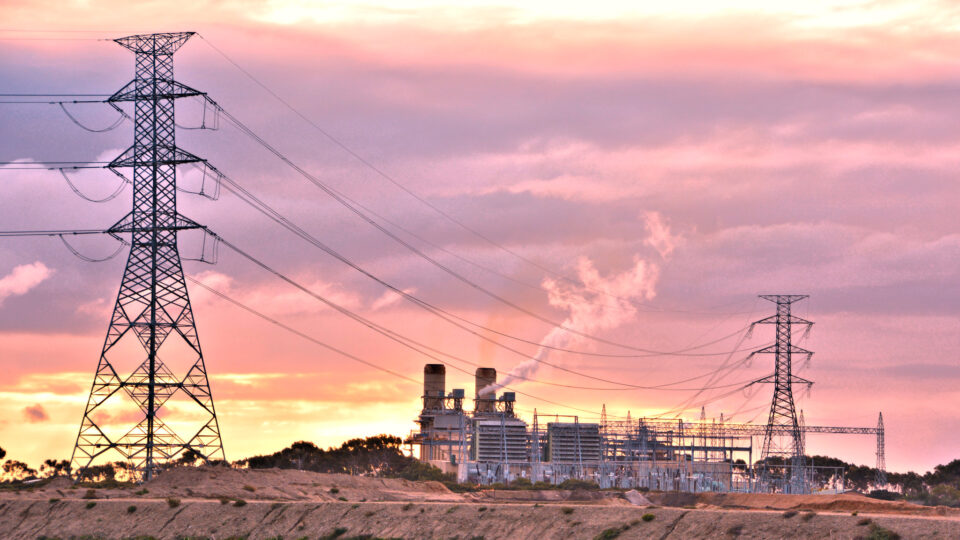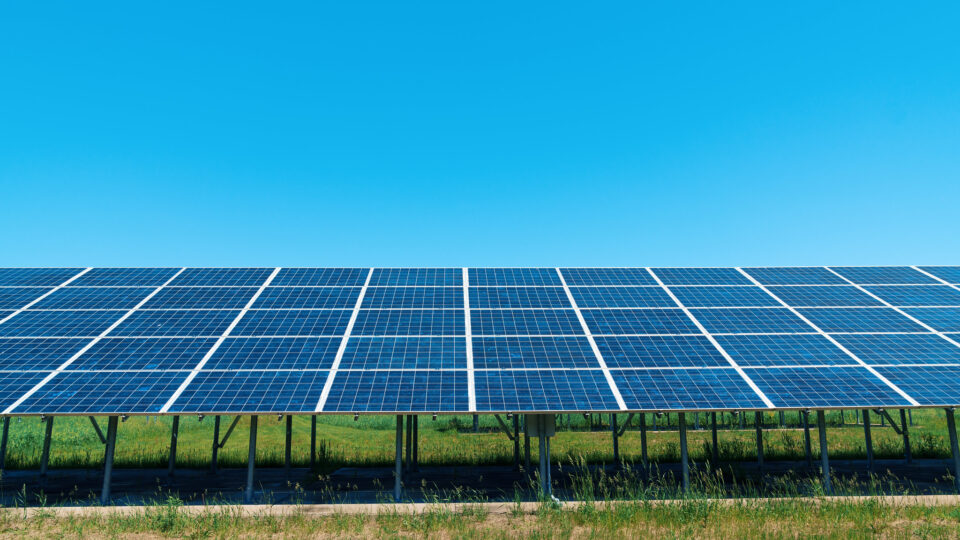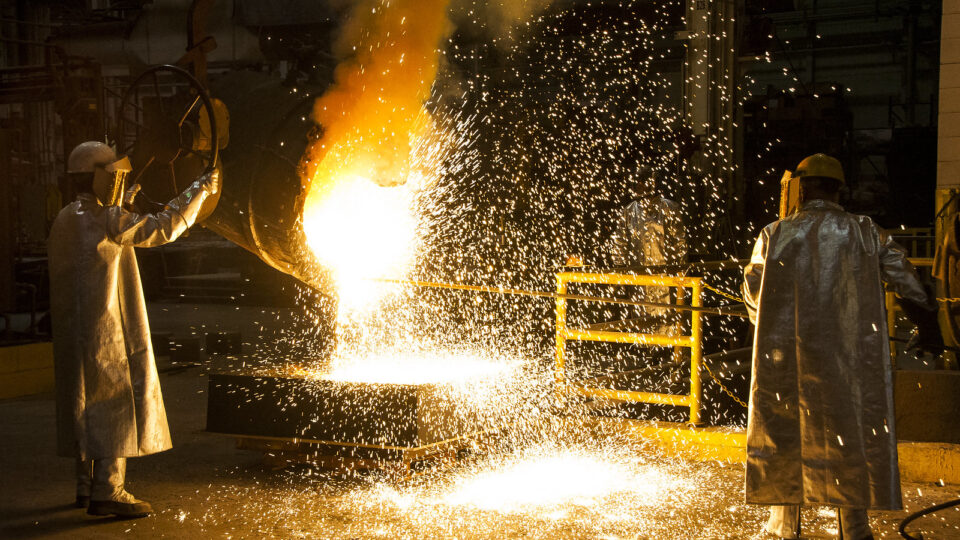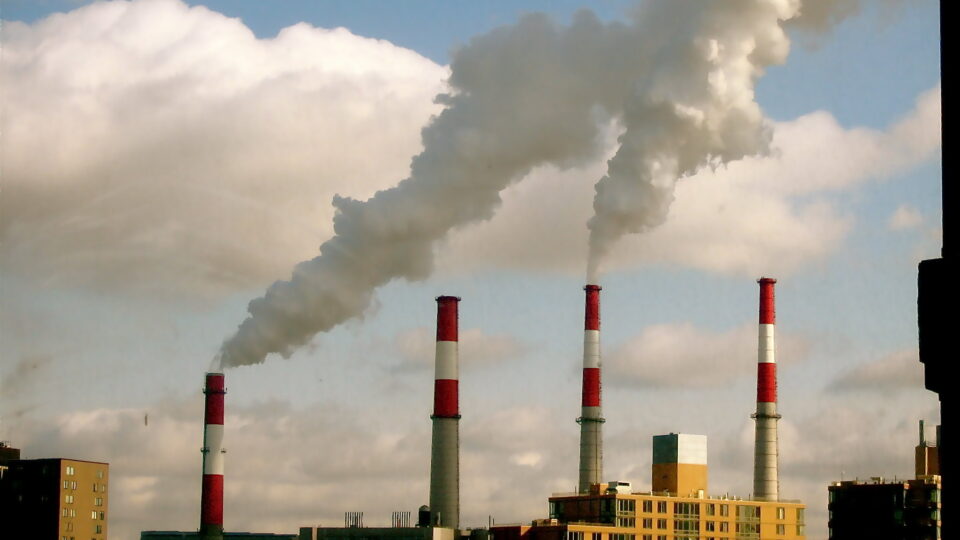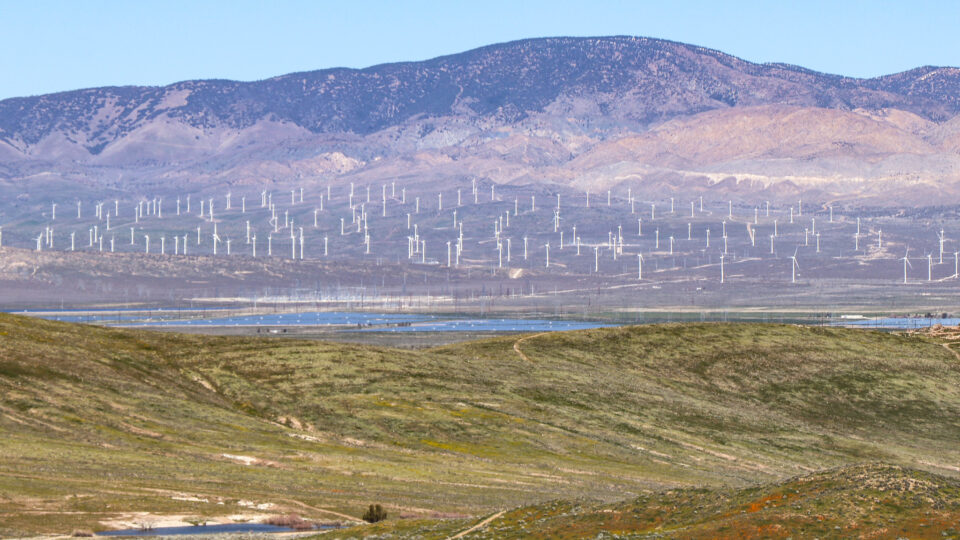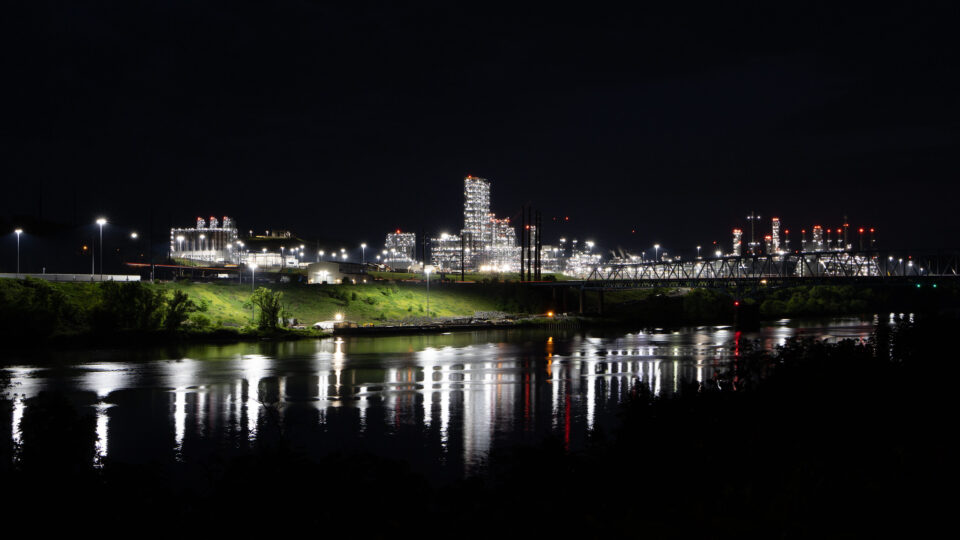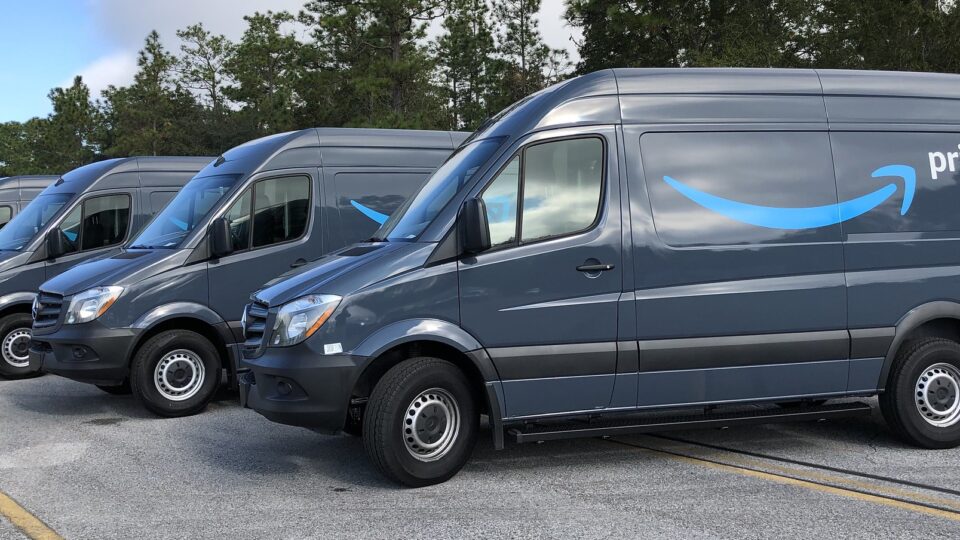Global investment in the energy transition – that is, the transition away from fossil fuels – increased by 17% in 2023, reaching a new high of $1.8 trillion dollars. That number includes spending on electric vehicles and their associated infrastructure, electrification of the power grid, and various other changes to the energy system.
Electrified transport was the largest sector for spending, accounting for $634 billion dollars. This figure includes spending on electric cars, trucks, buses, two- and three-wheeler, and commercial vehicles, as well as charging stations and other associated infrastructure.
The renewable energy sector – including wind, solar, geothermal, and biofuel power plants – accounted for $623 billion. The third largest investment was $310 billion in power grid investments.
China spent the most of any country by a large margin, investing $676 billion. The EU, U.S., and UK combined accounted for $718 billion.
These numbers reflect the rapid growth of clean energy across the globe and are obviously quite large. However, the pace at which clean energy technology is growing is not fast enough to achieve the goal of net-zero emissions by mid-century that most countries have set. By many accounts, energy transition investments would need to average $4.8 trillion per year for the rest of the decade to be on track. This is about 5.6% of the global gross domestic product that is currently about $85 trillion per year. By comparison, the U.S. currently spends about 5.7% of its GDP on energy.
**********
Web Links
Energy transition investments hit record $1.8 trillion in 2023
Photo, posted November 22, 2008, courtesy of Oregon Department of Transportation via Flickr.
Earth Wise is a production of WAMC Northeast Public Radio

